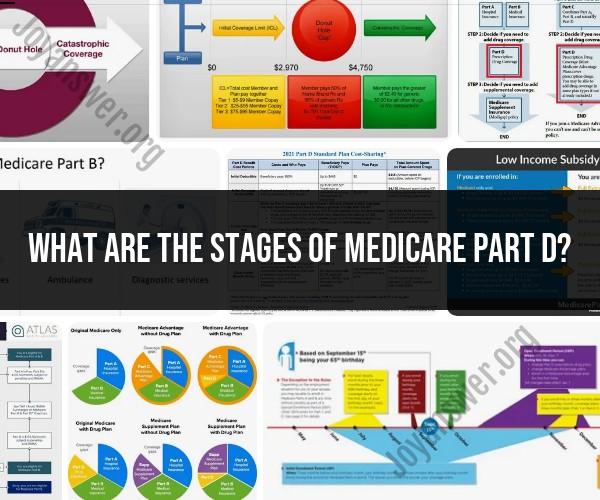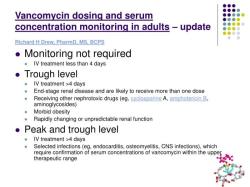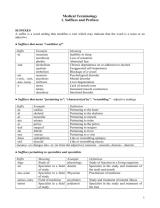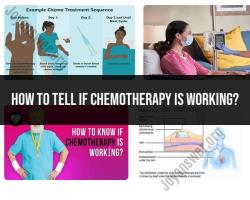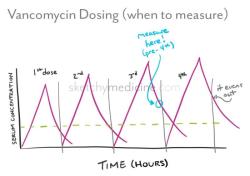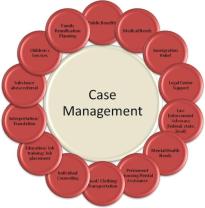What are the stages of Medicare Part D?
Medicare Part D prescription drug coverage is divided into several stages that determine how much you pay for your prescription drugs and how your plan shares the costs with you. These stages can vary slightly from year to year, but the basic structure includes the following stages:
Initial Deductible Stage:
- In this stage, you are responsible for paying the full cost of your prescription drugs until you meet your plan's annual deductible (if your plan has one). Deductibles vary among plans but are capped by Medicare. In 2023, the maximum deductible allowed by Medicare is $480.
Initial Coverage Stage:
- After you have met your deductible, you enter the Initial Coverage Stage. During this stage, your Medicare Part D plan covers a portion of your prescription drug costs, and you pay a copayment or coinsurance. The plan typically covers about 75% of the cost, while you pay the remaining 25%.
Coverage Gap (Donut Hole):
- Once your total drug costs (including what you and your plan have paid) reach a certain limit (the initial coverage limit), you enter the Coverage Gap, commonly known as the "Donut Hole." In 2023, the initial coverage limit is $4,430.
- During the Coverage Gap, you are responsible for a higher portion of your drug costs. In 2023, you pay 25% of the cost of brand-name drugs and 25% of the cost of generic drugs, but you get a 75% discount on the price of brand-name drugs.
- It's important to note that the Coverage Gap is being gradually phased out, and by 2024, you will only be responsible for 25% of the cost of your medications, both brand-name and generic, while in the Coverage Gap.
Catastrophic Coverage Stage:
- After you have spent a certain amount of money out of pocket (in 2023, this threshold is $7,050), you enter the Catastrophic Coverage Stage. During this stage, you pay a reduced coinsurance or copayment amount for your covered medications.
- In this stage, your Part D plan covers most of the remaining costs of your prescriptions, and you are only responsible for a small portion of the cost. The catastrophic coverage stage provides significant financial relief for beneficiaries with high drug expenses.
It's important to note that not all Medicare Part D plans are the same, and their specific costs and coverage may vary. The stages mentioned above provide a general framework, but the exact details can depend on the specific plan you choose.
Additionally, some individuals with limited income and resources may be eligible for Extra Help, a program that helps cover the costs of Medicare prescription drug coverage. If you qualify for Extra Help, you may have reduced or no premiums, deductibles, or coverage gap costs.
Each year, during the Annual Enrollment Period (AEP) from October 15th to December 7th, you have the opportunity to review your Medicare Part D plan and make changes if needed to ensure that your plan continues to meet your prescription drug needs and budget.
Breaking Down the Stages of Medicare Part D Enrollment
Medicare Part D is a voluntary prescription drug coverage program that is available to Medicare beneficiaries. Part D plans are offered by private insurance companies, and they can vary in terms of cost, coverage, and other features.
There are four stages to Medicare Part D enrollment:
- Eligibility. To be eligible for Medicare Part D, you must be enrolled in Medicare Part A or Part B.
- Enrollment period. You can enroll in Medicare Part D during the annual enrollment period (October 15-December 7) or during a special enrollment period.
- Plan selection. You can choose a Part D plan through the Medicare website, by calling Medicare at 1-800-633-4227, or by contacting a private insurance company directly.
- Coverage. Once you have enrolled in a Part D plan, your coverage will begin on the first day of the following month.
From Eligibility to Coverage: Understanding the Medicare Part D Process
The Medicare Part D enrollment process can be complex, but it is important to understand the steps involved so that you can ensure that you are enrolled in a plan that meets your needs.
Eligibility
The first step in the Medicare Part D enrollment process is to determine if you are eligible for coverage. To be eligible, you must be enrolled in Medicare Part A or Part B. You can check your eligibility status on the Medicare website or by calling Medicare at 1-800-633-4227.
Enrollment period
The annual enrollment period for Medicare Part D is from October 15 to December 7. During this time, you can enroll in a Part D plan or change your existing plan. If you miss the annual enrollment period, you may have to wait until the next open enrollment period to enroll.
Plan selection
Once you have determined that you are eligible for Medicare Part D and you know when the enrollment period is, you can start shopping for a plan. You can compare plans and choose one using the Medicare Plan Finder on the Medicare website.
Coverage
Once you have enrolled in a Part D plan, your coverage will begin on the first day of the following month. You will receive a membership card from your insurance company. This card will have your plan information and your member ID number.
Your Guide to the Sequential Stages of Medicare Part D
Here is a sequential guide to the stages of Medicare Part D enrollment:
- Eligibility: Check your eligibility status on the Medicare website or by calling Medicare at 1-800-633-4227.
- Enrollment period: The annual enrollment period for Medicare Part D is from October 15 to December 7.
- Plan selection: Compare plans and choose one using the Medicare Plan Finder on the Medicare website.
- Coverage: Your coverage will begin on the first day of the following month. You will receive a membership card from your insurance company.
If you have any questions about Medicare Part D enrollment, you can contact Medicare at 1-800-633-4227 or visit the Medicare website.
